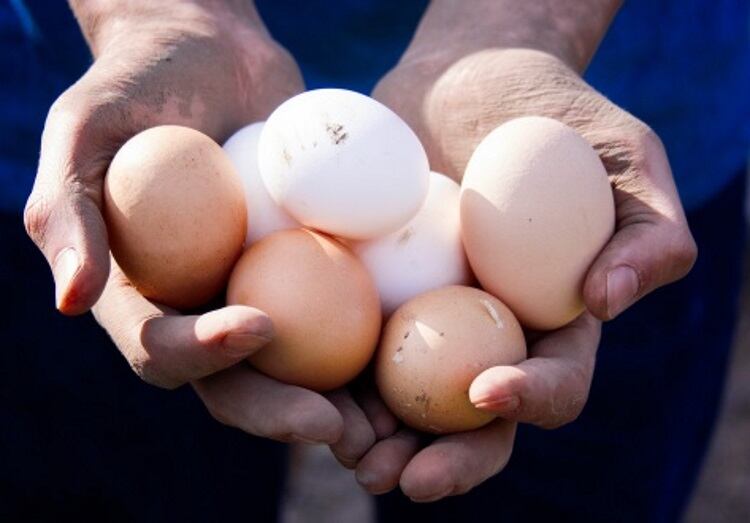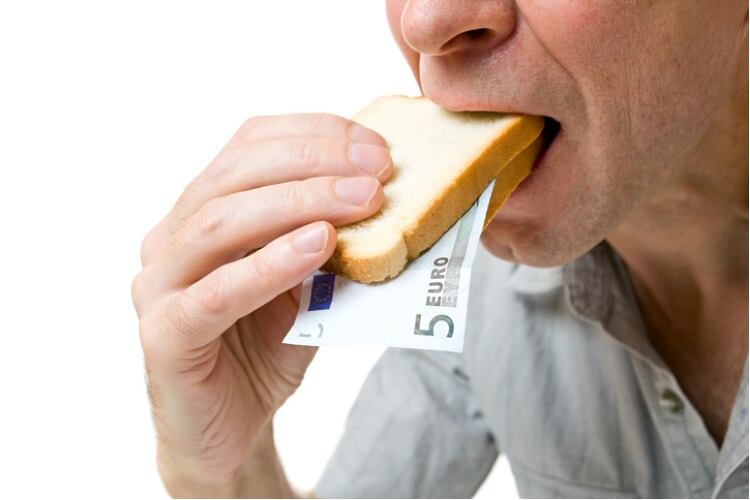Key takeaways:
- AI is transforming ingredient forecasting into actionable price protection, giving bakeries a simple way to insure against cost spikes in commodities like wheat, butter and packaging.
- ChAI Protect makes complex hedging tools accessible to all manufacturers, replacing derivatives desks with straightforward, premium-based insurance.
- By covering materials such as recycled plastics, the technology could accelerate circular-economy adoption while reducing financial risk for bakery and snack producers.
Price shocks in cocoa, wheat and packaging have stopped feeling like ‘events’ and started feeling like the weather – constant, capricious, impossible to ignore.
That’s the backdrop for ChAI Protect, an AI-priced insurance product that turns raw-material forecasts into straightforward cover. No derivatives desk, no mark-to-market headaches; just a premium that pays out when a pre-agreed threshold is breached.
For bakery and snacks, where margins are wafer-thin and exposure runs from flour to films, it’s a genuine shift: a way to act on forecasts rather than simply fret over them.
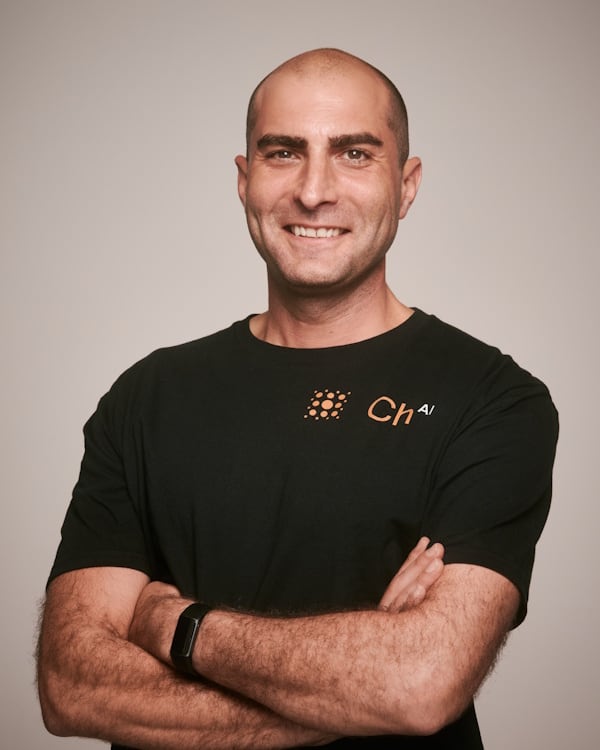
“It was getting asked time and time again by companies in food production and bakery,” ChAI CEO and cofounder Tristan Fletcher told this site. “Margins were getting eroded heavily by this increase in volatility and many of them were clearly frustrated that it was difficult to act on our forecasts.”
Even when his team’s models accurately predicted price swings in specific regional wheat grades, butter or recycled plastics, bakers had no mechanism to offset the risk. “If you are doing something like [Black Sea] wheat in Poland or any packaging at all, there is no one you can call to say: please get rid of this risk for me.”
Traditional hedging remains the preserve of giants with the scale – and compliance muscle – to carry derivatives. “It’s very complicated to administer a derivative,” Fletcher said. “Every time the price changes, you have to do mark-to-market accounting… and CFOs are worried about derivatives. Since 2008, they’ve been tainted.” Insurance, on the other hand, feels familiar. “People pay us a premium… if the price at some point in the future is higher than this predetermined threshold, we pay them some money back,” he explained.
Two design choices make it relevant to bakery buyers: the policy mirrors their actual exposure – index, dates, tonnage – rather than a blunt global benchmark; and there’s no minimum trade size. “When you’re a small company… it’s very important – and very difficult – to match the risk you might have in a supplier agreement. We can exactly mirror the risk companies have in their books.”
From forecast frustration to cover you can actually use
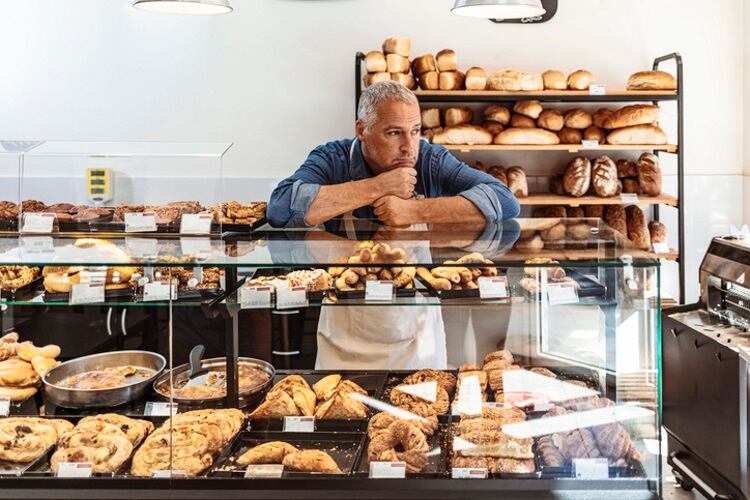
For years, ChAI’s clients could see the storm coming but couldn’t move out of its way. Forecasts signaled a spike, but no clean financial product existed to act on it. ChAI Protect closes that gap. Companies agree a trigger level – similar to an insurance deductible – pay a premium priced by AI models and if the price rises above that level, ChAI pays the difference. There’s no daily margining, no collateral and no derivative-style accounting. “There are no difficult accounting issues,” said Fletcher. “There’s some money coming to us, and some money coming back again if required.”
That simplicity also levels the playing field. “Even where there is a financial market, you had to be a huge multinational to access it,” he explained. “We can now sell to a company of any size.” For smaller manufacturers, the ability to protect a single contract – 500 tons of wheat or a quarter’s worth of butter – is transformative. It turns what used to be a CFO’s sleepless risk into a fixed cost of doing business.
What made it possible: very physical AI

Plenty of firms forecast commodities. The difference here is the AI’s ability to price premiums accurately in niche markets. “The system we built with AI - taking in all these interesting data sets - can say, ‘OK, this is the signal in all that sea of information that says price is going to go up with this probability’ and we fold that into our premiums,” said Fletcher. “Without that AI piece, none of this is possible.”
Those data sets are surprisingly tangible. “With wheat, we have satellite pictures taken above a lot of places wheat is grown.” The system also tracks every vessel globally, monitors what’s sitting in and leaving warehouses, and overlays weather and macroeconomic indicators. “All those data sets sometimes tell very conflicting stories. But AI is very good at combining them.”
Fletcher’s the first to admit he’s no tech evangelist. “I’m very much an AI sceptic. There are lots of use cases where we should be suspicious. But this is a lovely example of it being incredibly physical and tangible – embedded in the real world. It’s helping people instead of making them more anxious.” The timing couldn’t be more apt. With populism, protectionism and climate change driving new waves of volatility, AI-powered insurance has arrived just as global uncertainty peaks.
Where hedging can’t go – packaging and recycled polymers
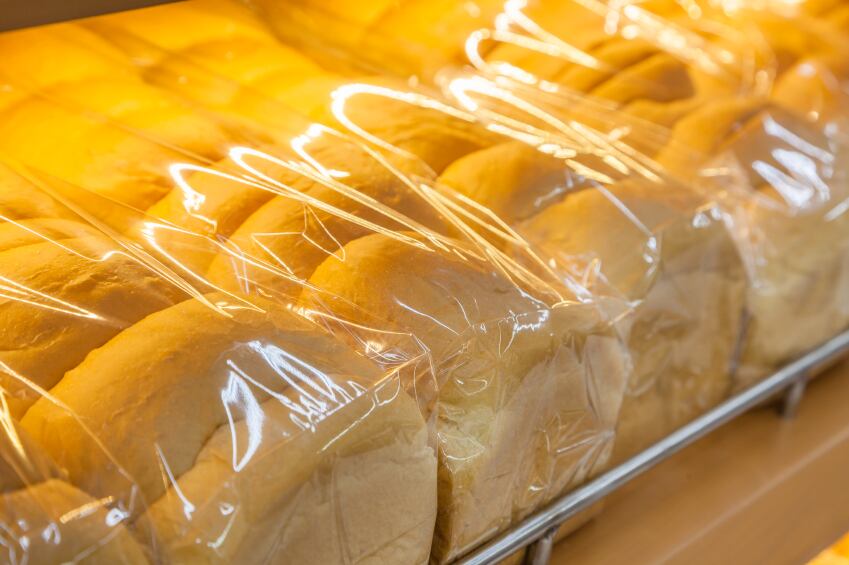
Many of bakery’s biggest risks sit outside traditional markets altogether. Flexible films, recycled PET, liners and trays don’t trade on commodity exchanges. “It’s really helpful in areas where there are raw materials that have no financial market because they’re very specifically priced,” said Fletcher. “No investment bank has made the effort to create a market.”
That gap has blocked progress toward circular packaging goals. Recycled polymers are notoriously volatile, making CFOs skittish. “We’re able to insure recycled materials, which encourages their adoption. Now we’re coming along saying, here’s a way you can offset your risk in these recycled materials.” By capping that price risk, manufacturers can use more recycled content without gambling their margins.
There’s another benefit: less hoarding. “A lot of people may manage their price risk by buying loads of the raw material and sticking it in a warehouse,” Fletcher noted. “In plastics, that wastes money and space. We’re giving them a financial way to offset risk instead of a physical one.” For food manufacturers, the same logic applies to price-sensitive dairy ingredients. “Butter volatility has been a huge concern. It’s such a large component of croissants – and we’re in discussions with some of the biggest bakery producers about protection there.”
The future: coexistence, not replacement

Does this spell the end of the trading desk? Hardly. “I never think AI is going to replace people at the rate others are worried about it,” said Fletcher. “AI systems are fantastic, but they’re heavily based on previous experience – and human beings still have the edge on novelty.” He believes hedging desks and AI-priced insurance will coexist, with the latter filling the gaps that trading instruments can’t. “It allows us to go further and wider, but there are limits – and I’m glad there are.”
Those limits are human, too. Procurement teams aren’t just buying wheat or butter; they’re defending livelihoods. “What struck me in food production companies is how tiny people’s margins are,” he exclaimed. “Single-digit margins mean a double-digit price rise flips you to loss-making overnight.” That’s why, when he hears from clients that the product helped them sleep better, it hits home. “Insurance buys peace of mind,” he said simply.
Behind the scenes, ChAI’s structure looks orthodox: years building its AI forecasting engine, extending it to price premiums and securing reinsurance from tier-one backers. The company’s heritage in hedge funds and investment banks means the math is familiar – but the mission is different. “We got tired of making rich people richer,” Fletcher said. “The future is using that same intelligence to make the companies that feed us more resilient.”
For bakeries and snack producers long resigned to ‘just wearing the risk’, AI-priced insurance doesn’t promise to predict every shock – but it does offer something rarer: control. The chance to cap the chaos in wheat, butter and packaging, and to plan with confidence in a world that’s anything but predictable.
How ChAI Protect works
Pick your exposure: The policy is built around your actual contract – the specific index, tonnage and dates tied to your supplier deal.
Set the trigger: Agree a threshold price. If the market goes beyond it, ChAI pays the difference.
Pay a premium, skip the paperwork: No derivatives, no mark-to-market accounting, no margin calls – just a straightforward insurance contract that any size business can use.



